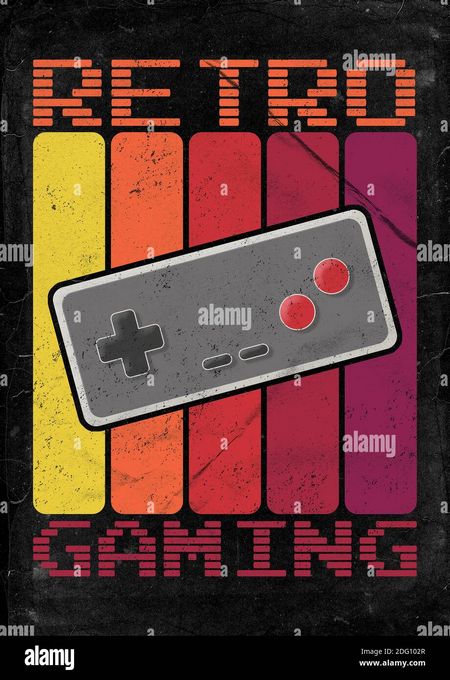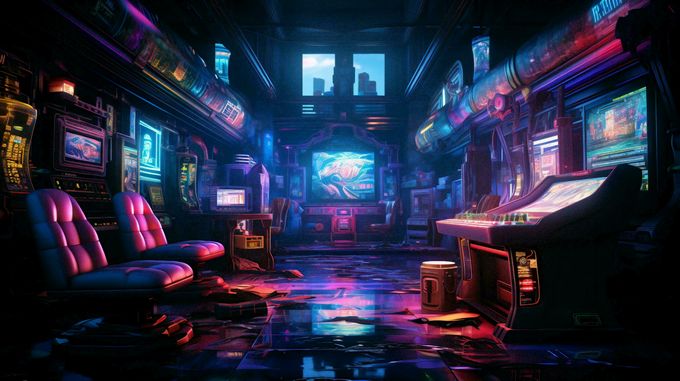Designing for Player Rituals and Routines

In the world of gaming, player rituals and routines play a crucial role in enhancing the overall gaming experience. From finding the perfect gaming setup to developing specific strategies before a match, players often have rituals that help them get into the right frame of mind and perform at their best. As a game designer, understanding and designing for these rituals can significantly impact how players engage with your game.
One key aspect of designing for player rituals and routines is creating an immersive and customizable gaming environment. Players often have specific preferences when it comes to their gaming setup, whether it be the lighting, sound, or even the placement of their equipment. By allowing players to customize their gaming environment, you can cater to their individual preferences and create a more immersive experience.
For example, some players may prefer a dimly lit room with ambient lighting for a more intense gaming session, while others may prefer a bright and colorful environment to boost their mood. By incorporating customizable lighting options into your game, players can create the perfect setting for their gaming rituals. Similarly, allowing players to adjust sound settings or customize controller configurations can also enhance their overall gaming experience.

In addition to creating a customizable gaming environment, game designers server hosting vps can also design for player routines by incorporating elements that encourage repetition and consistency. For example, incorporating daily or weekly challenges that players can complete to earn rewards can motivate players to engage with the game on a regular basis. By providing clear goals and rewards for completing these challenges, players are more likely to develop a routine of logging in each day to progress in the game.
Another way to design for player rituals and routines is to incorporate elements of nostalgia or familiarity into the game. Many players have nostalgic attachments to certain games or genres, and incorporating familiar elements can help players feel more connected to the game. Whether it be using a similar art style, sound effects, or gameplay mechanics from a beloved game, these familiar elements can evoke positive emotions and create a sense of comfort and familiarity for players.

Furthermore, designing for player rituals and routines also involves understanding the psychology behind player behavior. By studying player preferences, motivations, and behaviors, game designers can better anticipate how players will engage with the game and tailor the experience to meet their needs. For example, understanding that some players may prefer structured gameplay with clear objectives, while others may enjoy open-world exploration, can help designers create a game that appeals to a wide range of players.
In terms of SEO optimization, incorporating keywords related to player rituals and routines throughout the article can help improve search engine visibility. Keywords such as “gaming rituals,” “player routines,” and “designing for player behavior” can help attract organic traffic to the article and increase its visibility on search engine results pages.
Overall, designing for player rituals and routines is an essential aspect of creating a successful and engaging gaming experience. By understanding player preferences, behaviors, and motivations, game designers can create a more immersive and personalized gaming experience that keeps players coming back for more. By incorporating customizable environments, encouraging repetition, incorporating familiar elements, and understanding player psychology, designers can create a game that resonates with players and enhances their overall gaming experience.